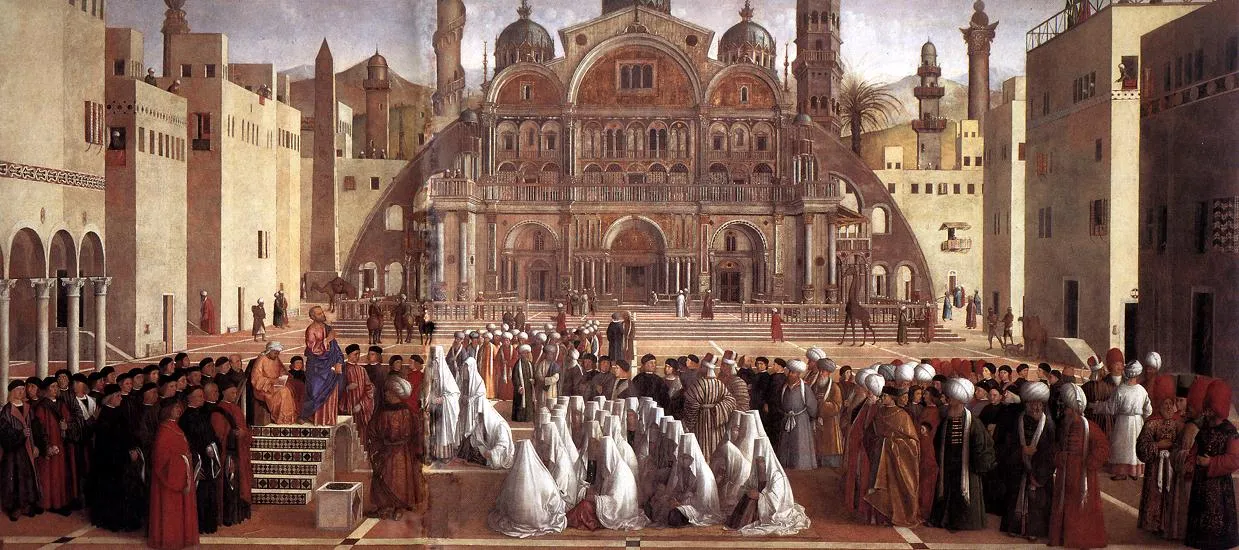Europe
From Dublin to Shandong: Slavery and Slaving in Afroeurasia before 1400 C.E.
A discussion of how to provide some historical context of Afroeurasian slavery to help students understand the Transatlantic slave system.
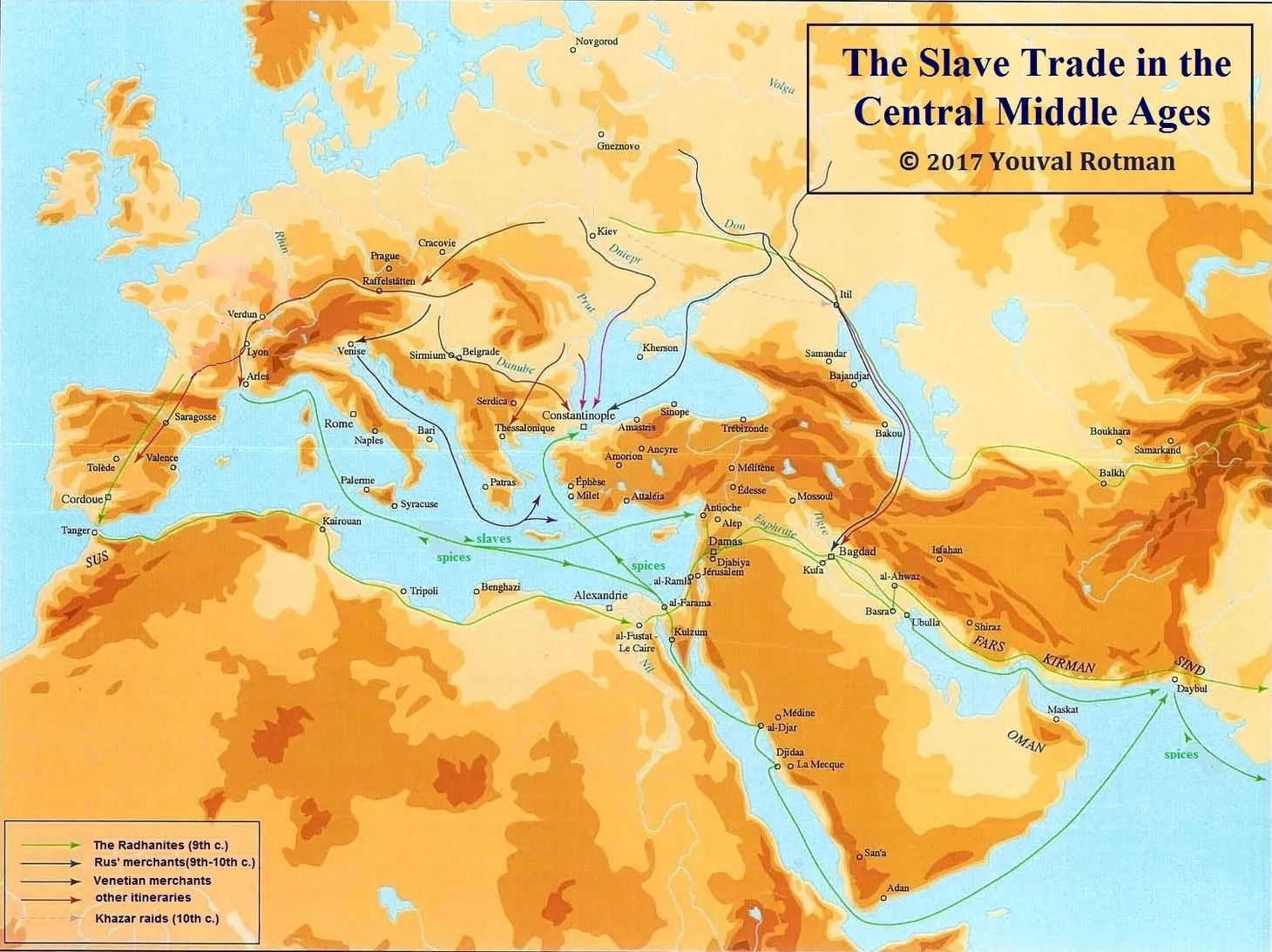
Revolutionary Revolutions: Rethinking how we teach the political revolutions between 1750 and 1900
Dear #APworld teachers, if you want a fresh, global approach to teaching revolutions, come check out our #whapchat discussion this week led by @ERBeckman and @bramhubbell - I know I’m spending some time this weekend revamping my lessons! #sschat #worldhistory #historyteacher https://t.co/Av5nMPkyfp — Angela A. Lee (@mrshistorylee)
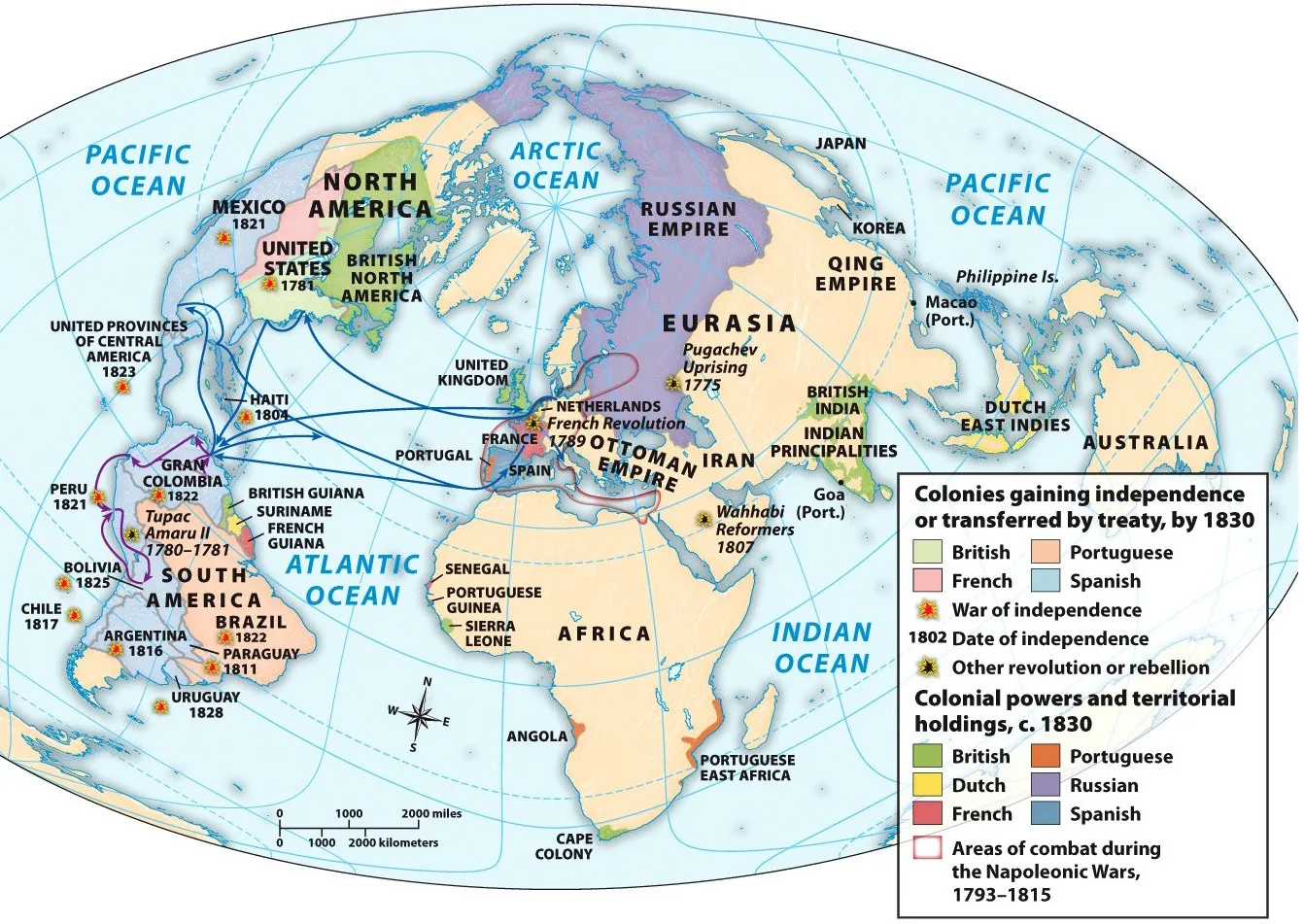
Two Views of Global Lisbon
In October of 2016, I was exploring the Navy Museum in Lisbon. For a country with such a rich maritime history, I was somewhat disappointed with the museum itself. But as I was wandering through the bookstore on my way out, I came across this incredible book by edited by
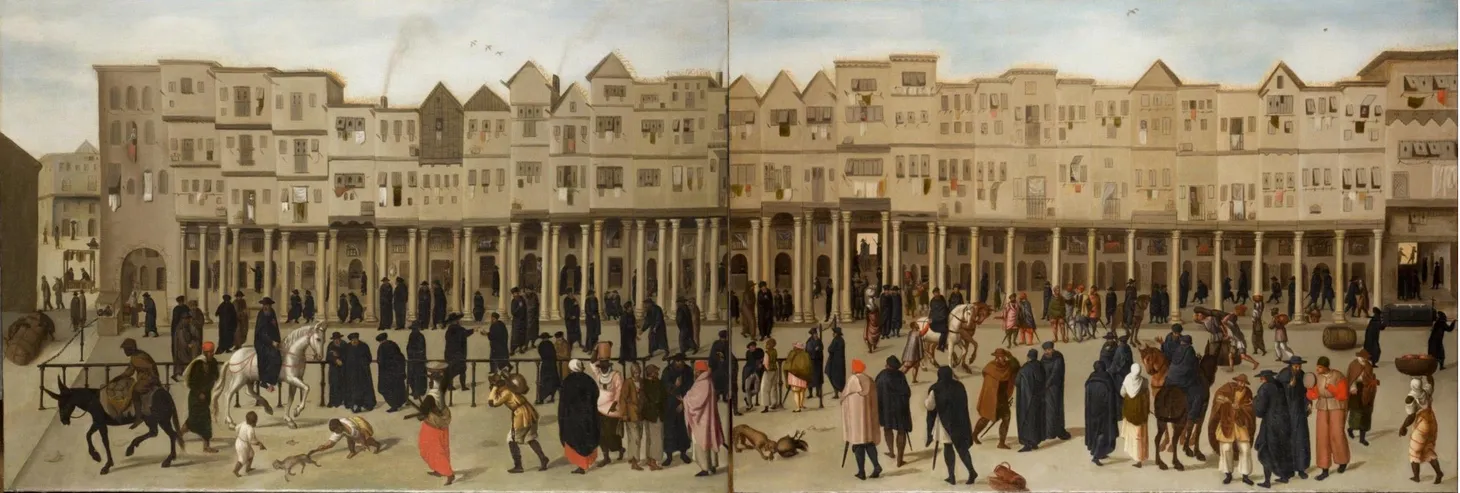
More than Four Turtles: Global Renaissances in the Fifteenth Century (Part I)
After spending two days setting up the big picture of the revival of Afroeurasia in the fifteenth century, we dive into the Renaissance, or Renaissances, on the third day. I use two different readings with the students and set up the class in a sort of a modified Harkness style
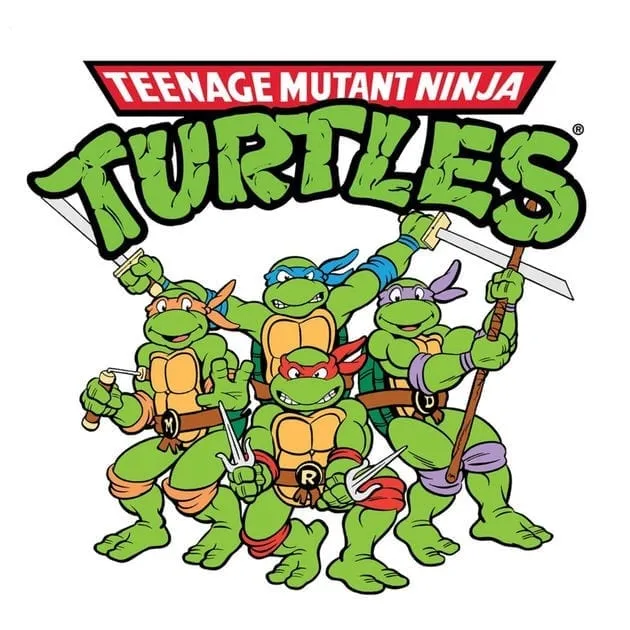
Globalizing the Renaissance
About ten years ago, I developed a lesson on “Placing the Renaissance in a Global Setting.” The lesson can still be found on the AP World History Teacher Community, although you need to have an account to access it. The lesson was partially a response to an earlier discussion on
